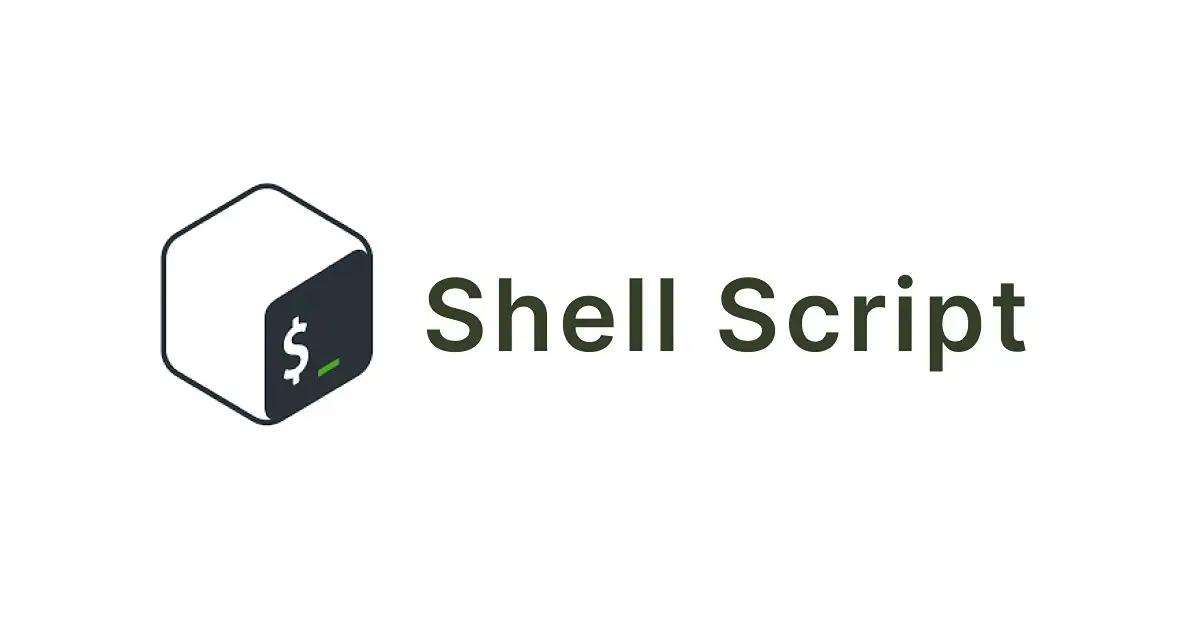NestJSでリクエスト受信時にアクセスログを出力する設定

NestJSでアクセスログを出力する方法について解説します。アクセスログはアプリケーションの監視やデバッグに役立つため、適切に記録することが重要です。ここでは、以下の方法を紹介します。
- ミドルウェアを利用する方法
- カスタムロガーを作成する方法
- Loggerクラスを活用する方法
ミドルウェアを利用する
NestJSのミドルウェアを利用すると、すべてのリクエストに対して統一的にログを記録できます。
ミドルウェアの作成
まず、リクエストごとにログを出力するミドルウェアを作成します。
tsimport { Injectable, NestMiddleware, Logger } from '@nestjs/common';
import { Request, Response, NextFunction } from 'express';
@Injectable()
export class LoggerMiddleware implements NestMiddleware {
private readonly logger = new Logger('HTTP');
use(req: Request, res: Response, next: NextFunction) {
const { method, originalUrl } = req;
const start = Date.now();
res.on('finish', () => {
const responseTime = Date.now() - start;
this.logger.log(`${method} ${originalUrl} ${res.statusCode} - ${responseTime}ms`);
});
next();
}
}
ミドルウェアの適用
作成したミドルウェアを適用するには、main.ts または app.module.ts に登録します。
main.ts で適用する方法
tsimport { NestFactory } from '@nestjs/core';
import { AppModule } from './app.module';
import { LoggerMiddleware } from './logger.middleware';
async function bootstrap() {
const app = await NestFactory.create(AppModule);
app.use(new LoggerMiddleware().use);
await app.listen(3000);
}
bootstrap();
app.module.ts で適用する方法
tsimport { MiddlewareConsumer, Module, NestModule } from '@nestjs/common';
import { LoggerMiddleware } from './logger.middleware';
import { AppController } from './app.controller';
import { AppService } from './app.service';
@Module({
controllers: [AppController],
providers: [AppService],
})
export class AppModule implements NestModule {
configure(consumer: MiddlewareConsumer) {
consumer.apply(LoggerMiddleware).forRoutes('*'); // すべてのルートに適用
}
}
これにより、すべてのリクエストとレスポンスの情報がログに記録されます。
カスタムロガーを作成する
ログの出力フォーマットを変更したい場合や、ログをファイルに保存したい場合は、カスタムロガーを作成すると便利です。
カスタムロガークラスの作成
以下のように、CustomLogger クラスを作成します。
tsimport { LoggerService, Injectable, LogLevel } from '@nestjs/common';
import * as fs from 'fs';
import * as path from 'path';
@Injectable()
export class CustomLogger implements LoggerService {
private logFilePath = path.join(__dirname, '../logs/access.log');
log(message: string) {
this.writeLog('LOG', message);
}
error(message: string, trace?: string) {
this.writeLog('ERROR', message, trace);
}
warn(message: string) {
this.writeLog('WARN', message);
}
debug(message: string) {
this.writeLog('DEBUG', message);
}
verbose(message: string) {
this.writeLog('VERBOSE', message);
}
private writeLog(level: LogLevel, message: string, trace?: string) {
const logMessage = `[${new Date().toISOString()}] [${level}] ${message} ${trace ? `\nTRACE: ${trace}` : ''}`;
console.log(logMessage); // コンソールにも出力
fs.appendFileSync(this.logFilePath, logMessage + '\n'); // ファイルに保存
}
}
カスタムロガーの適用
作成した CustomLogger を main.ts に適用します。
tsimport { NestFactory } from '@nestjs/core';
import { AppModule } from './app.module';
import { CustomLogger } from './custom-logger.service';
async function bootstrap() {
const app = await NestFactory.create(AppModule, { logger: new CustomLogger() });
await app.listen(3000);
}
bootstrap();
これにより、ログをコンソールに出力しながら、ファイルにも保存できます。
Logger クラスを活用する
NestJS の組み込み Logger クラスを利用すると、簡単にログを記録できます。
Controller で Logger を使用する
tsimport { Controller, Get, Logger } from '@nestjs/common';
@Controller('example')
export class ExampleController {
private readonly logger = new Logger(ExampleController.name);
@Get()
getExample() {
this.logger.log('GET /example endpoint was called');
return { message: 'Hello World' };
}
}
サービス内で Logger を使用する
tsimport { Injectable, Logger } from '@nestjs/common';
@Injectable()
export class ExampleService {
private readonly logger = new Logger(ExampleService.name);
doSomething() {
this.logger.debug('Doing something...');
}
}
この方法を使うことで、特定の処理だけを記録することが可能になります。
まとめ
NestJS でアクセスログを記録するには、以下の方法があります。
| 方法 | メリット | 適用場面 |
|---|---|---|
| ミドルウェアを利用 | すべてのリクエストを統一的に記録できる | 一貫したリクエストログを記録したい場合 |
| カスタムロガーを作成 | 出力フォーマットや保存先を自由に変更できる | ログを保存・カスタマイズしたい場合 |
| Logger クラスを活用 | 簡単にクラスごとのログを記録できる | 特定の処理のみログに残したい場合 |
運用に応じた適切な方法を選択し、ログ管理を強化しましょう。
 article
articleNestJS デプロイ戦略:Blue-Green/Canary と DB マイグレーションの連携
 article
articleNestJS 認可設計:RBAC/ABAC/ポリシーベース(CASL/oso)の実装指針
 article
articleNestJS Guard/Interceptor/Filter 早見表:適用順序とユースケース対応表
 article
articleNestJS Monorepo 構築:Nx/Yarn Workspaces で API・Lib を一元管理
 article
articleNestJS × TypeORM vs Prisma vs Drizzle:DX・性能・移行性の総合ベンチ
 article
articleNestJS メモリリーク診断:Node.js Profiler と Heap Snapshot で原因を掴む
 article
articleWebSocket Close コード早見表:正常終了・プロトコル違反・ポリシー違反の実務対応
 article
articleStorybook 品質ゲート運用:Lighthouse/A11y/ビジュアル差分を PR で自動承認
 article
articleWebRTC で高精細 1080p/4K 画面共有:contentHint「detail」と DPI 最適化
 article
articleSolidJS フォーム設計の最適解:コントロール vs アンコントロールドの棲み分け
 article
articleWebLLM 使い方入門:チャット UI を 100 行で実装するハンズオン
 article
articleShell Script と Ansible/Make/Taskfile の比較:小規模自動化の最適解を検証
 blog
blogiPhone 17シリーズの発表!全モデルiPhone 16から進化したポイントを見やすく整理
 blog
blogGoogleストアから訂正案内!Pixel 10ポイント有効期限「1年」表示は誤りだった
 blog
blog【2025年8月】Googleストア「ストアポイント」は1年表記はミス?2年ルールとの整合性を検証
 blog
blogGoogleストアの注文キャンセルはなぜ起きる?Pixel 10購入前に知るべき注意点
 blog
blogPixcel 10シリーズの発表!全モデル Pixcel 9 から進化したポイントを見やすく整理
 blog
blogフロントエンドエンジニアの成長戦略:コーチングで最速スキルアップする方法
 review
review今の自分に満足していますか?『持たざる者の逆襲 まだ何者でもない君へ』溝口勇児
 review
reviewついに語られた業界の裏側!『フジテレビの正体』堀江貴文が描くテレビ局の本当の姿
 review
review愛する勇気を持てば人生が変わる!『幸せになる勇気』岸見一郎・古賀史健のアドラー実践編で真の幸福を手に入れる
 review
review週末を変えれば年収も変わる!『世界の一流は「休日」に何をしているのか』越川慎司の一流週末メソッド
 review
review新しい自分に会いに行こう!『自分の変え方』村岡大樹の認知科学コーチングで人生リセット
 review
review科学革命から AI 時代へ!『サピエンス全史 下巻』ユヴァル・ノア・ハラリが予見する人類の未来